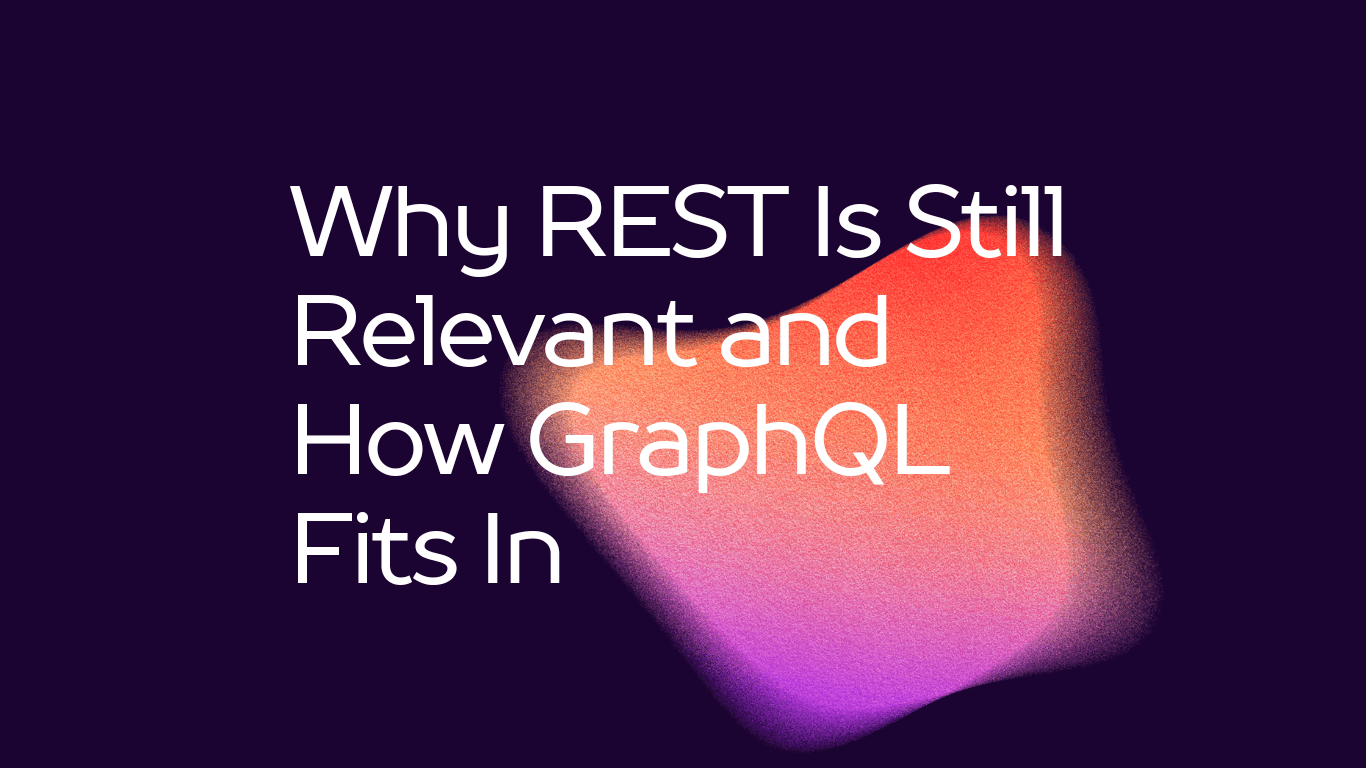Why REST Is Still Relevant and How GraphQL Fits In

Why REST Is Still Relevant
REST (Representational State Transfer) remains a cornerstone of modern web APIs, even with the rise of alternatives like GraphQL. Its relevance stems from several key factors:
- Simplicity and Familiarity
REST APIs follow a well-established standard of HTTP methods (GET, POST, PUT, DELETE) and URI conventions, making them straightforward to understand and implement. This simplicity reduces the learning curve for developers. - Statelessness
REST APIs are stateless, meaning each request is independent and carries all the information needed to fulfill it. This architecture enhances scalability and reliability. - Caching
REST APIs leverage HTTP caching mechanisms likeETagsandCache-Controlheaders, improving performance and reducing server load for frequently accessed data. - Widespread Adoption and Tooling
REST has extensive support in web development frameworks, tools (like Postman), and libraries across programming languages, ensuring strong ecosystem support. - Suitability for Simple Use Cases
For CRUD operations and straightforward data models, REST APIs are often sufficient and require less effort to set up and maintain compared to more flexible alternatives. - Interoperability
REST APIs use standard protocols and data formats like JSON and XML, making them easily consumable across diverse platforms and languages.
How GraphQL Fits In
GraphQL offers a modern alternative to REST, addressing some of its limitations while introducing new paradigms:
- Flexible Querying
GraphQL allows clients to request precisely the data they need, reducing over-fetching (retrieving too much data) and under-fetching (retrieving insufficient data). This makes it ideal for complex or dynamic frontends. - Single Endpoint
Unlike REST’s multiple endpoints for various resources, GraphQL uses a single endpoint for all queries and mutations. This reduces endpoint sprawl and simplifies API maintenance. - Strong Typing and Schema
GraphQL APIs are defined by a schema that specifies the types of data available and their relationships. This explicit contract improves developer experience and API discoverability. - Real-Time Capabilities
With subscriptions, GraphQL supports real-time updates, enabling features like live data streams and notifications. - Challenges with REST Solved
- N+1 Problem: REST often requires multiple roundtrips to fetch related data. GraphQL solves this by enabling clients to request nested, relational data in a single query.
- Evolution: Adding fields or types in GraphQL doesn’t break existing clients, making it easier to evolve the API over time.
REST vs. GraphQL: Coexistence
Despite GraphQL’s advantages, REST and GraphQL are not mutually exclusive and can coexist in the same ecosystem:
- Hybrid Architectures
Teams often use REST for simpler use cases and GraphQL for complex or client-driven data needs. For instance:- A REST API for basic CRUD operations.
- A GraphQL API for aggregating and querying complex relationships between resources.
- Backwards Compatibility
REST APIs can serve as a backend for GraphQL layers. This allows teams to modernize their stack incrementally without disrupting existing consumers. - Use Case-Driven Adoption
GraphQL shines in scenarios with:- Complex relationships between data entities.
- Multiple frontend clients with differing data requirements (e.g., web, mobile). REST, however, excels in straightforward, well-defined resource models.
Conclusion
While GraphQL has carved out a niche as a powerful and flexible API approach, REST remains relevant due to its simplicity, stability, and widespread adoption. Organizations often leverage both, choosing the right tool based on specific project needs.